How to plan a kitchen layout - everything you need to know to get it right
Our kitchen experts answer every question you have about choosing, planning and designing a kitchen layout
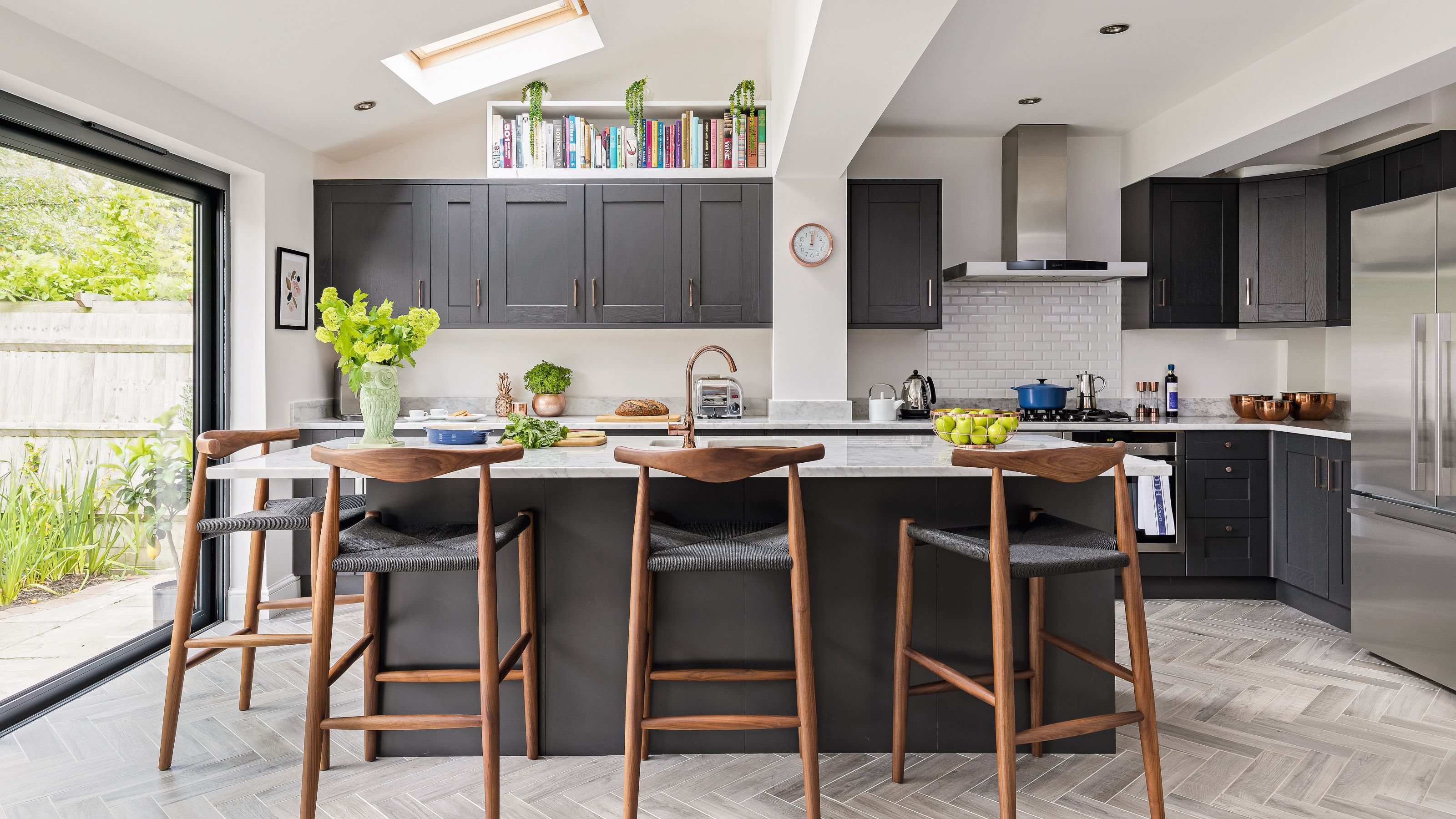

Katie Sims
Whatever stage of kitchen planning you're in, understanding how to plan a kitchen layout is crucial. Kitchen layouts are the foundations upon which everything else in the kitchen revolves, and choosing the right one for your home will make or break your culinary space.
The kitchen is often called the heart of the home, and for good reason; it's long since surpassed serving a single function of cooking, and can now be used for socialising, living, eating, working, and playing as well. Learning how to plan a kitchen is just as much about aesthetics as it is about practicalities, because who wants a layout that functions well but is uninspiring to the eye? Or a layout that looks great but is inconvenient to move around?
'Significant investment goes into planning and designing a kitchen – not only monetary but also in terms of the length of time you will want to live with the finished product,' says Nathan MacLean, Managing Director, Virtual Worlds. 'The modern kitchen is a multi-functional space and a central hub of the home, so getting the layout just right is very important.'
That's why we've asked the experts to weigh in on how to plan a kitchen layout so that you can get clued up before you start. You might have only just started thinking about a new kitchen, or you may have been planning for a while and have a good idea of what your reformed space will look like. Either way, getting familiar with all the details of kitchen layouts will serve you well in the long run, and get you closer to landing on your dream kitchen.
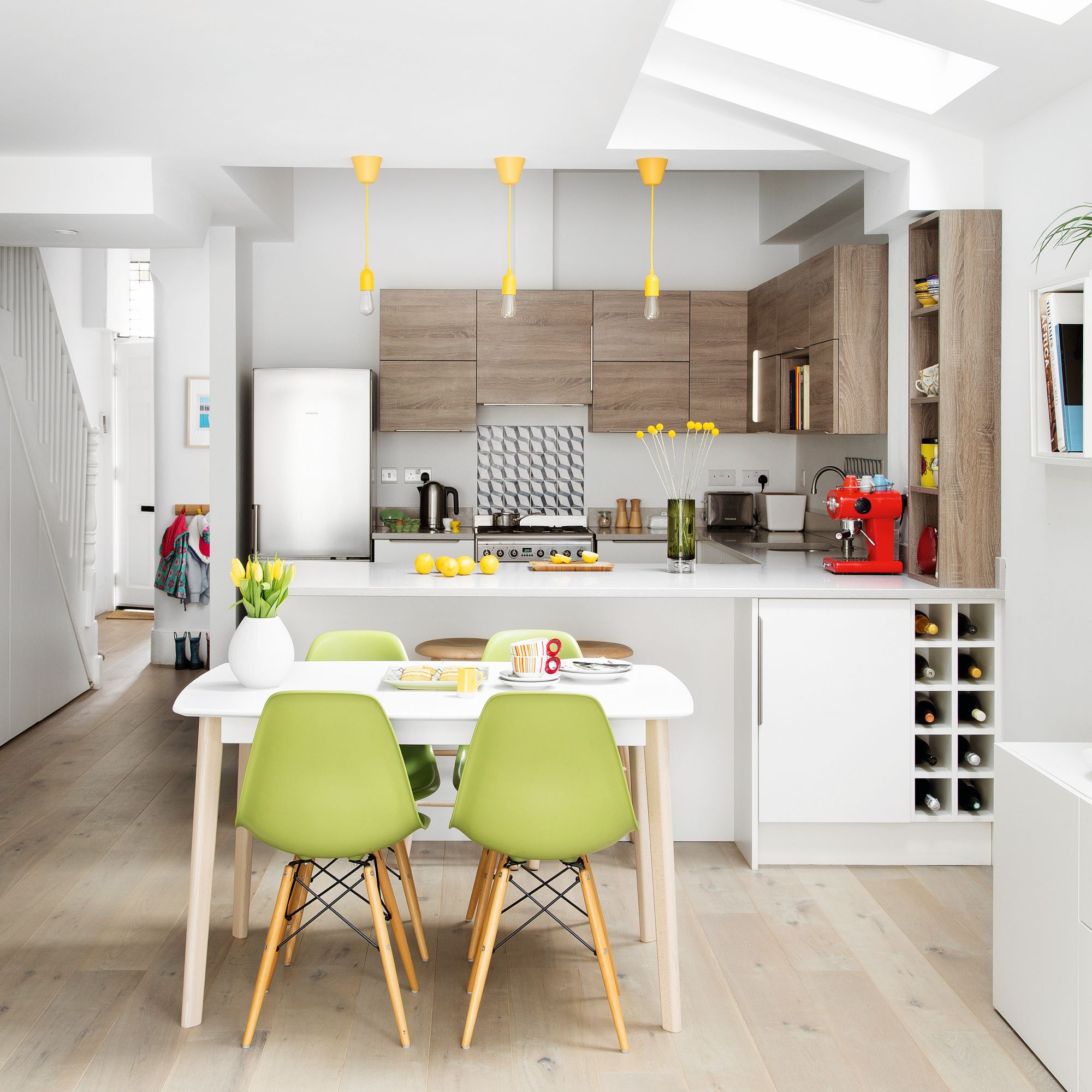
How to plan a kitchen layout
Our guide covers everything you need to know about how to plan a kitchen layout, from where the appliances should go, to the main types of layouts to consider, to how to plan a small kitchen layout and what not to do. Keep reading to have all your questions answered so you can start planning your kitchen layout.
Where do I start when planning a kitchen layout?
The layout is truly the lynchpin of good kitchen design. Every aspect of the kitchen, how it works and how it is used is based around the layout.
When starting, the first thing you must do is to assess how you’re going to be using the space, as this will dictate what you need to include. Is it purely for cooking, or will you be entertaining too? Is it a working from home spot, or will kids be doing homework in there?
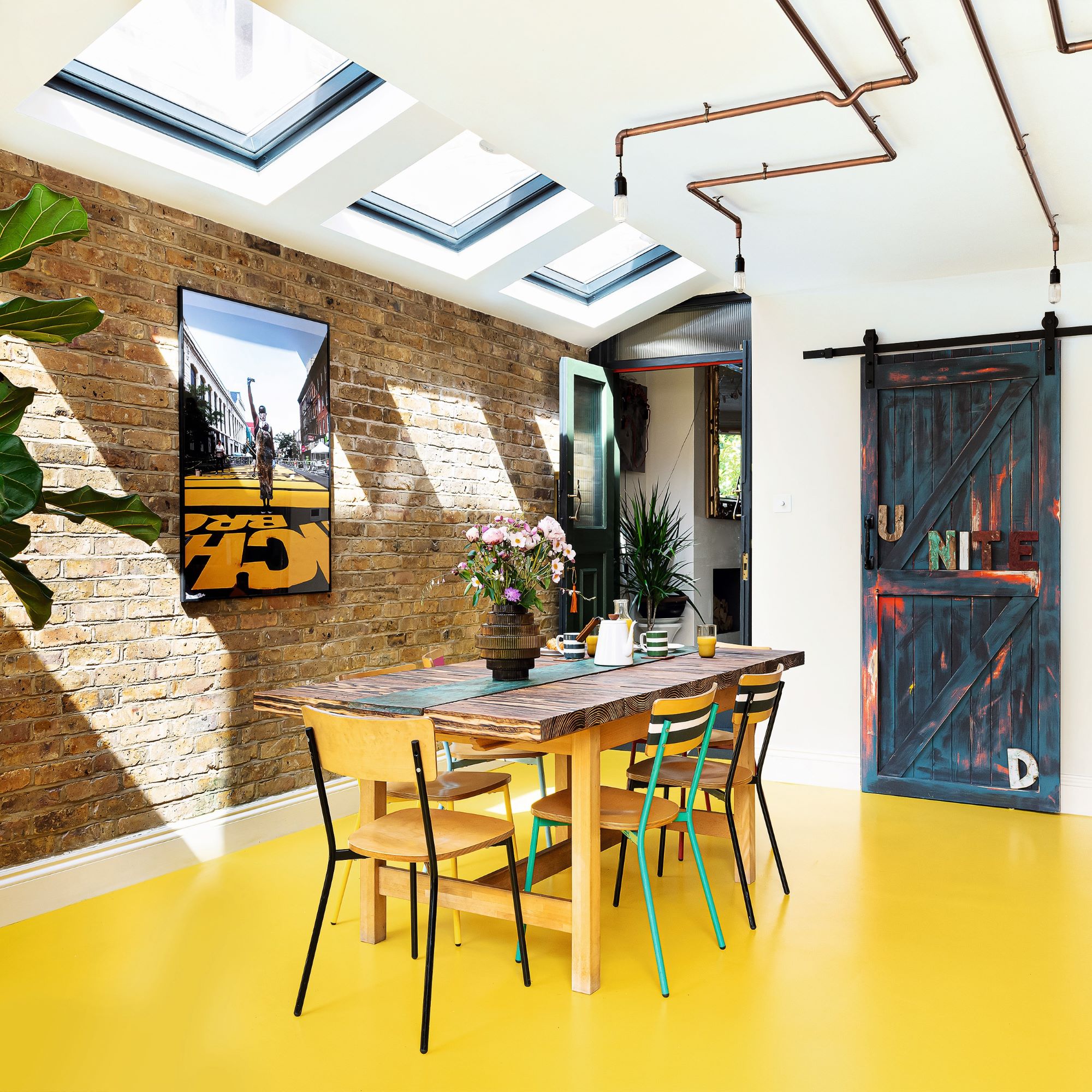
It’s also important to look at the features of the room as it stands. 'In many cases, doors, thoroughfares and windows, exclude certain possibilities and help narrow down potential suitable options,’ says Sally Hinks, Kitchen Designer at Harvey Jones. ‘Many people like to situate their kitchen to make the most of a lovely view outside, or to take centre stage in an open-plan space, which can be a useful starting point.’
Architectural quirks should be noted at this stage, too. ‘Does your room have sloping ceilings or eaves?’ asks Darren Watts, Design Director at Wren Kitchens. ‘If so, mark the shortest and tallest heights, then how far the slope extends into the room.’
Additionally, it’s key to have an idea of the style you’re looking for. ‘Knowing whether you’re aiming for a sleek, contemporary space or a more traditional look also influences potential layouts, as the proportions are different,’ notes Sally.
Where should my appliances go in my kitchen?
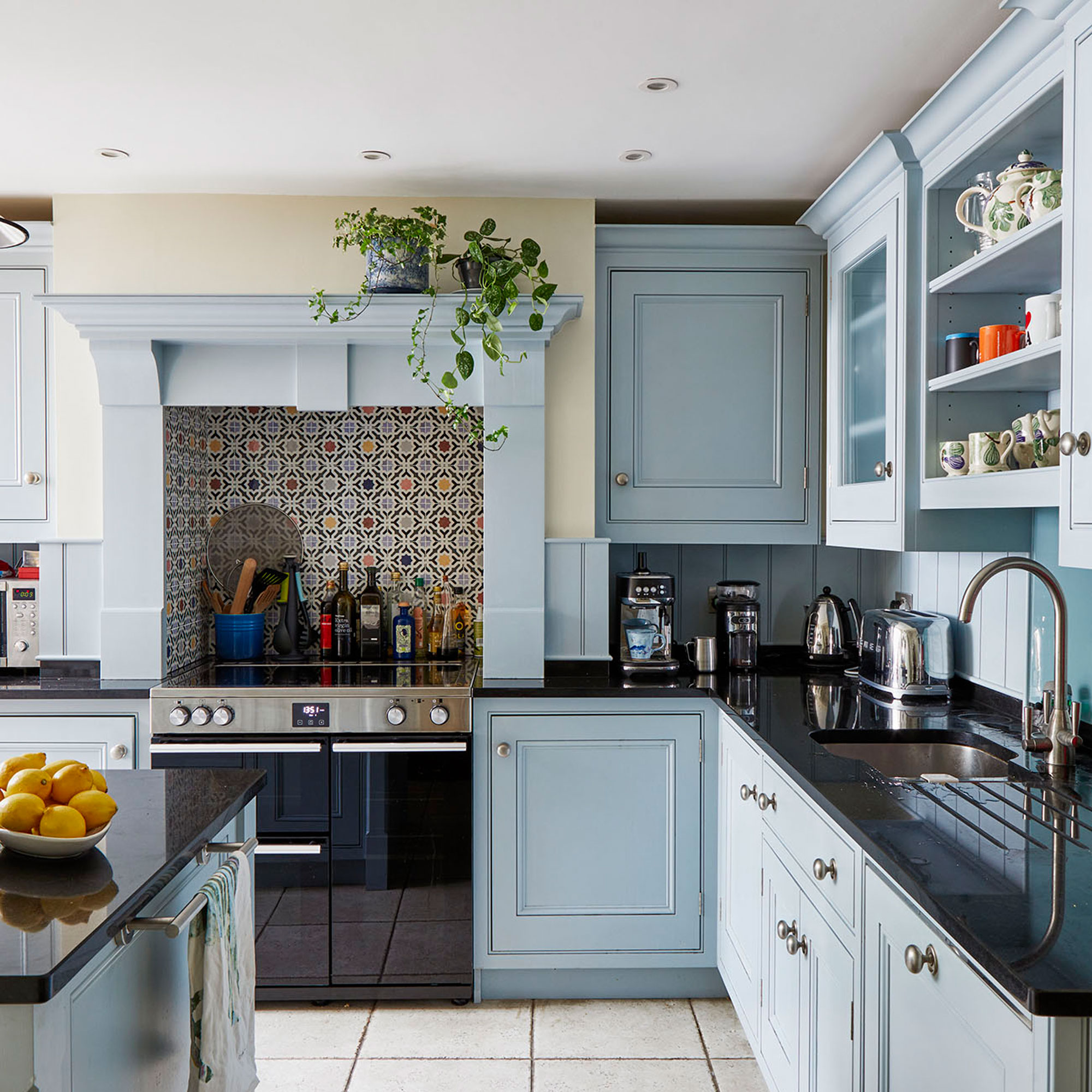
‘You need to make sure your space actually works for its main purpose, to cook,’ says Darren Watts. ‘Think carefully about which parts of the kitchen you’re going to be using the most from a cooking perspective and how easily you can move between them. This is called the kitchen triangle.’
‘This method focuses on the fridge, sink and cooker which are the core elements to think about when mapping out your space,’ continues Darren. ‘After considering these elements, you can then begin to think about where your other appliances will sit, such as the microwave, dishwasher, wine fridge and so on.’
‘Having a coherent and well thought triangle of activity can help you to reduce by 25% your movement in your kitchen,’ adds Alice Pasteau, Retail Support Manager at Schmidt. ‘Once you have thought hard about all these points, the layout will almost plan itself.’
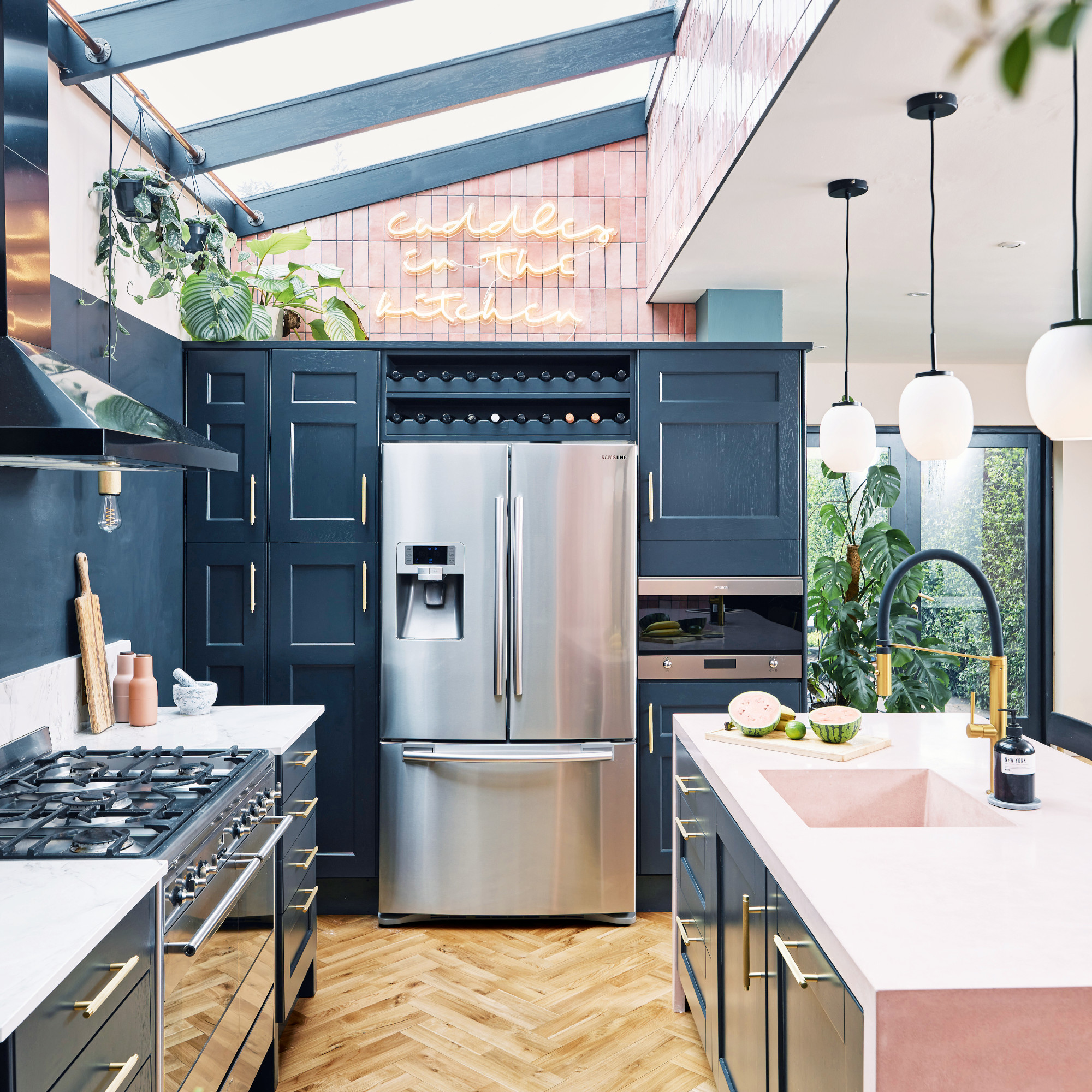
As to what goes where in your triangle, there’s some useful guidance to consider. ‘A larder will inevitably store food, groceries and other provisions and so it needs to always remain close to hand and be protected against adverse conditions like direct sunlight or extreme temperatures,’ says Simon Bodsworth, Managing Director at Daval Furniture. ‘You are best served positioning any larder storage next to the fridge as it will ensure the pantry goods are right next to the fresh foods for optimum convenience.’
‘For this reason, our most popular size is 600mm wide as it creates a uniform look with the fridge unit being the same size as the larder,’ continues Simon. ‘Double-door larders are becoming more popular and options are usually 1000mm and 1200mm wide, so getting to know your measurements for both furniture and appliances is vital when buying a kitchen.'
'Remember that every kitchen is unique and there are no standard sizes, styles or arrangements so you, and your kitchen designer, need to make sure that everything fits: whether you are buying off-the-peg or going for a made-to-measure kitchen.’
Kitchen appliance layout ideas should always be mapped in right at the beginning. Only once you’ve worked out where everything’s going can you begin to work out where electric sockets, plumbing, extractor fans and the like, should be placed. Changing these at a later time can be time consuming and expensive.
What are the main types of kitchen layouts?
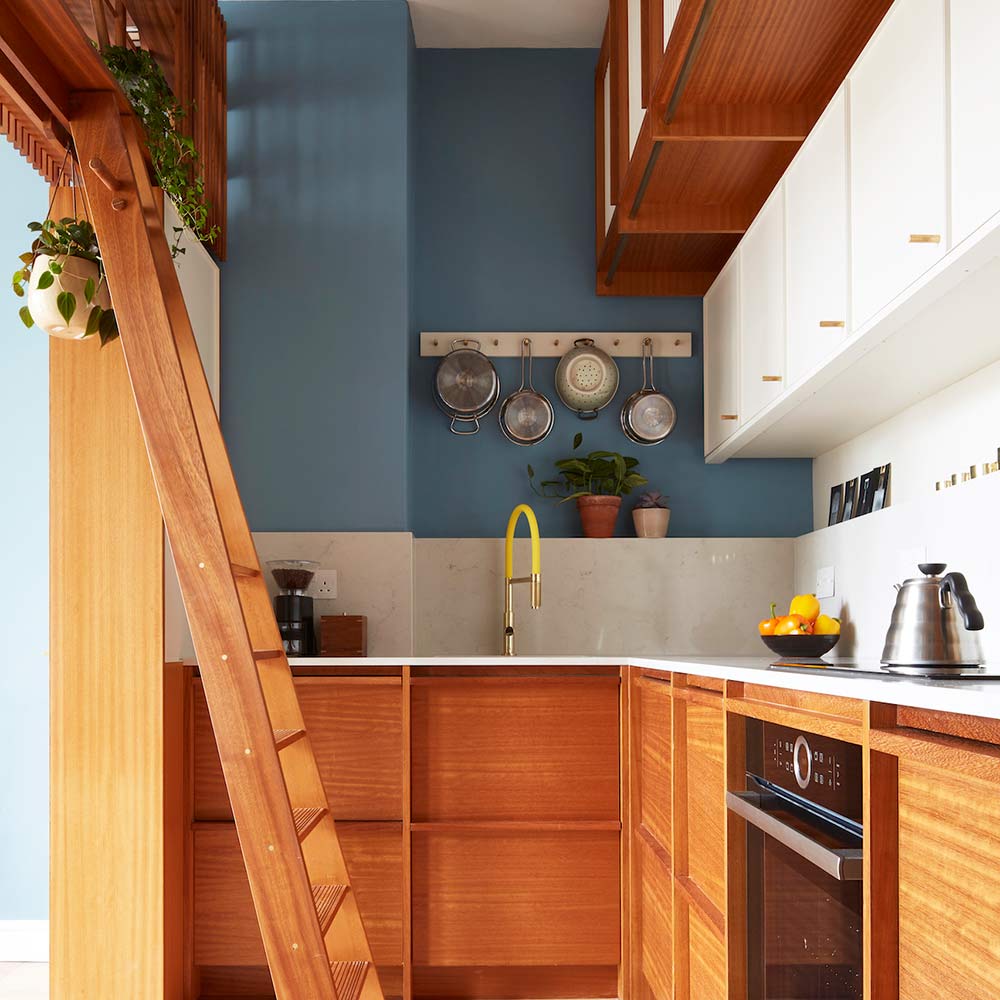
There are several different types of kitchen layouts - each with their own pros and cons. But ultimately, what layout you choose will be based completely on the space you have to work with as well as, of course, your personal preferences.
‘It’s important not to fall into the trap of assuming an emerging design for a kitchen belongs to a certain type because there are often eccentricities to the space or the client’s needs that can inspire something that breaks out of these set layout types and makes for something really special,’ advises Howard Miller, H. Miller Bros.
Indeed, as great as the standard kitchen layouts are for guidance, you can really have fun in creating something a little bit different. ‘Bespoke requests for custom-made food stores or a multi-purpose workstation that would be considered ‘off-plan’ have become everyday design considerations in the modern kitchen, changing the typical U or L-shape kitchen layout to now include a space for a home office, dedicated bed area for the family pet or integral boot room area for storing outerwear or laundry appliances,’ says Simon Bodsworth.
Types of kitchen layouts
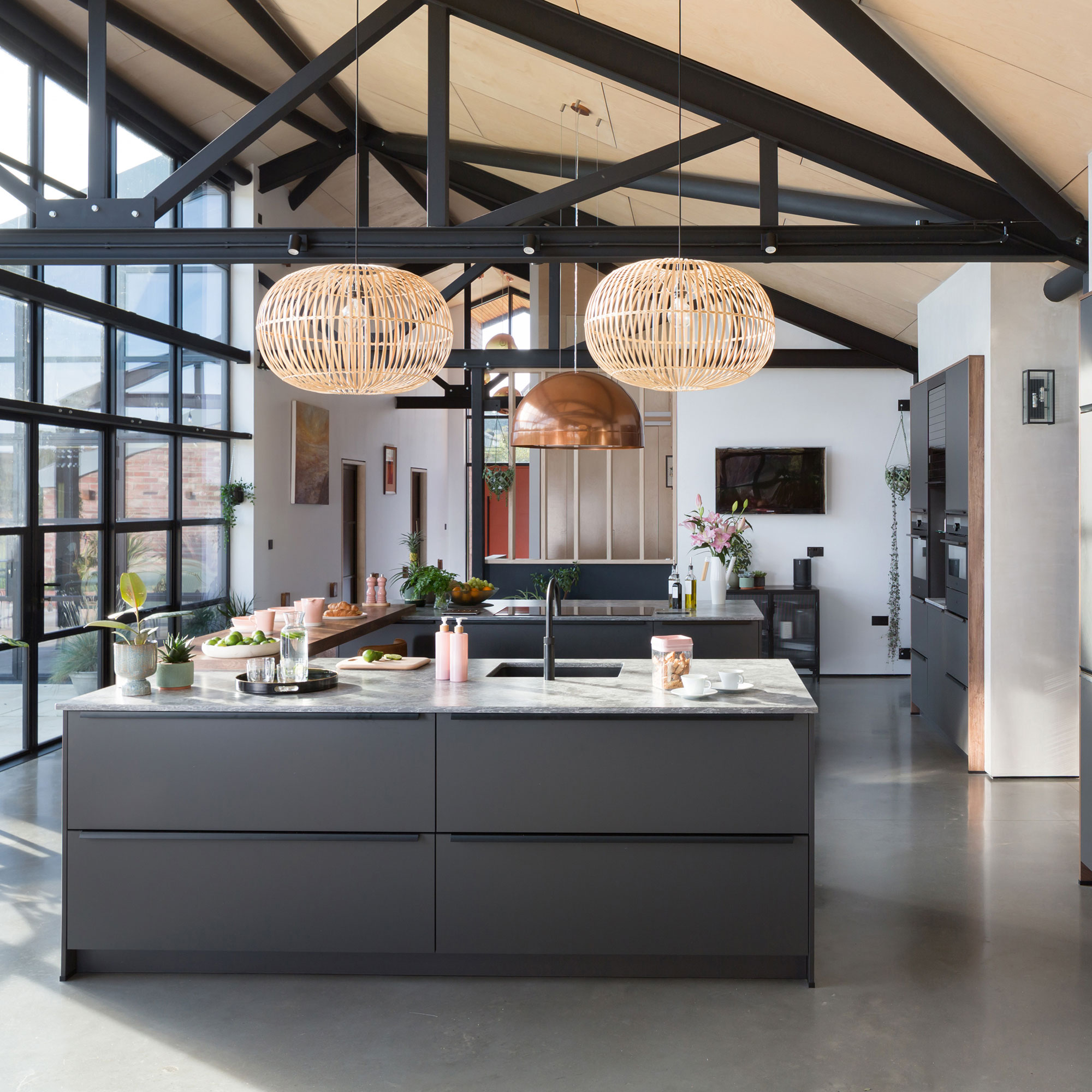
1. Open-plan kitchens
One of the most popular styles of kitchens in recent years, and for good reason.
‘The kitchen is becoming a dual-functional space for cooking as well as eating, meaning open plan living has to be second nature,’ says Tom Howley, Design Director at Tom Howley Kitchens. ‘There is a time and a place for formal dining, but the modern kitchen has to be able to accommodate an impromptu pasta with friends, or an unforeseen stir fry with the family. Not only this, but the kitchen is also a homework base, a relaxed office space and a home bar.’
That said, an adaptation of open-plan kitchen ideas have been rising in popularity recently – broken plan. ‘While open-plan layouts allow families to be sociable and maximise the efficiency of the available space, broken-plan schemes give more privacy by creating separate zones for cooking, entertaining and home-working,’ explains Sally Hinks, Harvey Jones Kitchen Designer.

2. Galley kitchen
Galley kitchens are typically found in long, narrow rooms. In these layouts, counters run along the two parallel walls. ‘I love a galley style kitchen,’ says Andy Briggs, Interior Designer at Optiplan Kitchens.
‘The galley design doesn’t have to be a small narrow corridor as most would know them for, they can be wider spaces that work brilliantly for through rooms allowing one room to effortlessly connect to the next. The galley design allows a sense of comfort, nostalgia, intimacy and sometimes needed privacy – a space to be yourself and without being on show.’
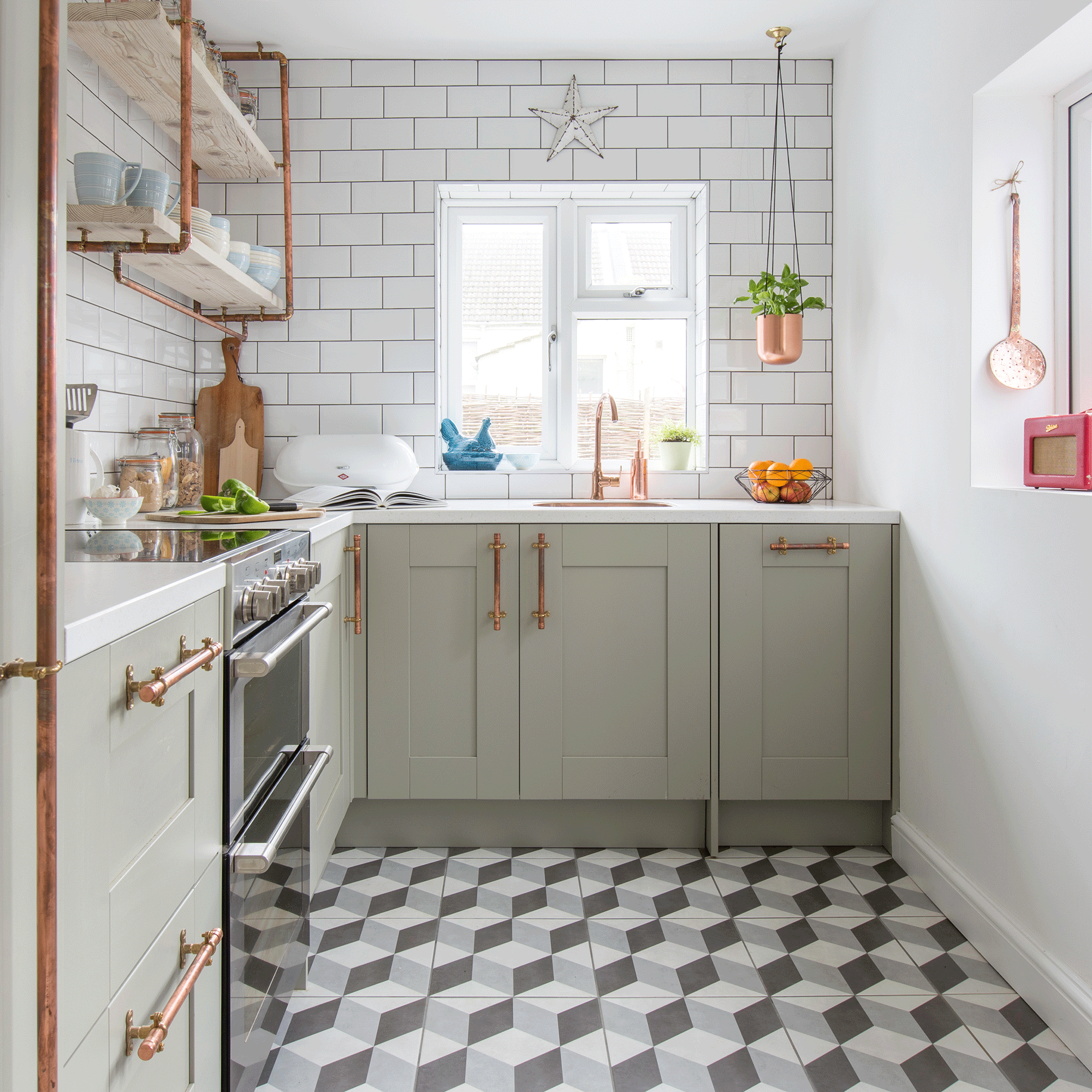
3. L-shaped kitchen
A more traditional choice, the L-shape kitchen layout is usually based around a corner and formed by counters and cupboards running along two perpendicular walls.
'This is a really popular design, particularly in smaller kitchens, as you can create a very neat working triangle with the three critical elements of cooking area, wet zone and fridge/larder being quite close together', says Simon Collyns, Marketing and Retail Director, Symphony Group.

4. U-Shaped Kitchen
A U-shaped kitchen is another classic kitchen shape that works for all room sizes and one where the three elements of the working triangle can all be positioned on a different wall. 'With three cabinet runs creating a U-shape, appliances and the sink area can be more spaced out than within an L-shaped layout and this in turn will create a compact yet ergonomically efficient design', says Simon.
‘Every layout has its pros and cons, however, my favourite is U-shaped,’ says Sally Hinks. ‘It allows for a lot of worktop space, which you can never have enough of in a kitchen, and works well in open-plan and broken-plan spaces alike. U-shaped kitchen ideas are also the ideal layout for a kitchen island, which is at the top of many homeowners’ wish list!’
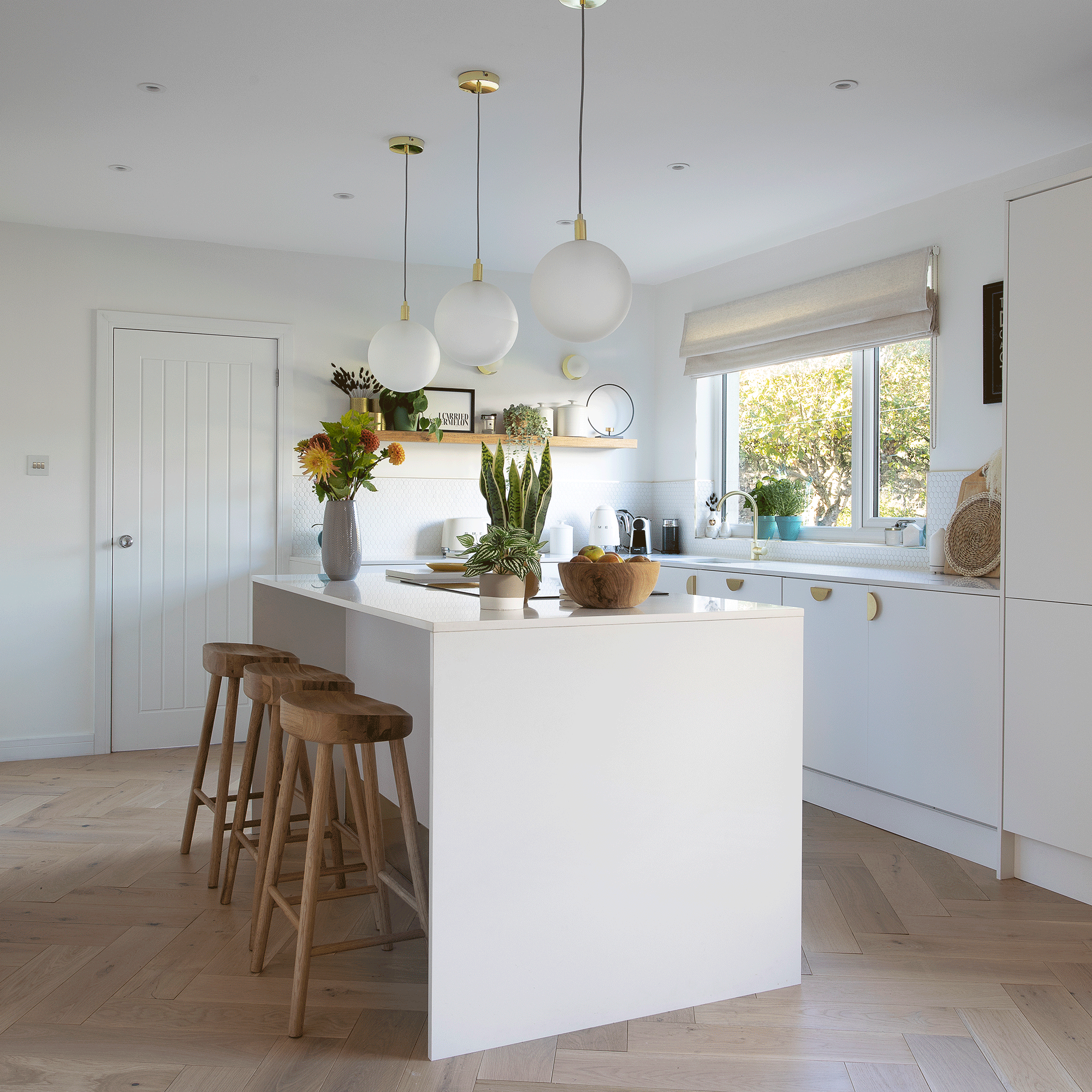
5. Island kitchen
An island kitchen can actually be composed of any of the other main kitchen layouts (so long as it fits!). The differentiation here is simply an island in the middle, detached from all walls. ‘The importance of walkway space should be a key consideration. When designing your layout, always leave a metre of walkway space either one or two sides of your worktop, island, or peninsula counter,’ advises Tom Howley. 'This is a functionally and aesthetically effective dimension to keep in mind.’
Island layouts are also great for integrating freestanding kitchen ideas into your space.
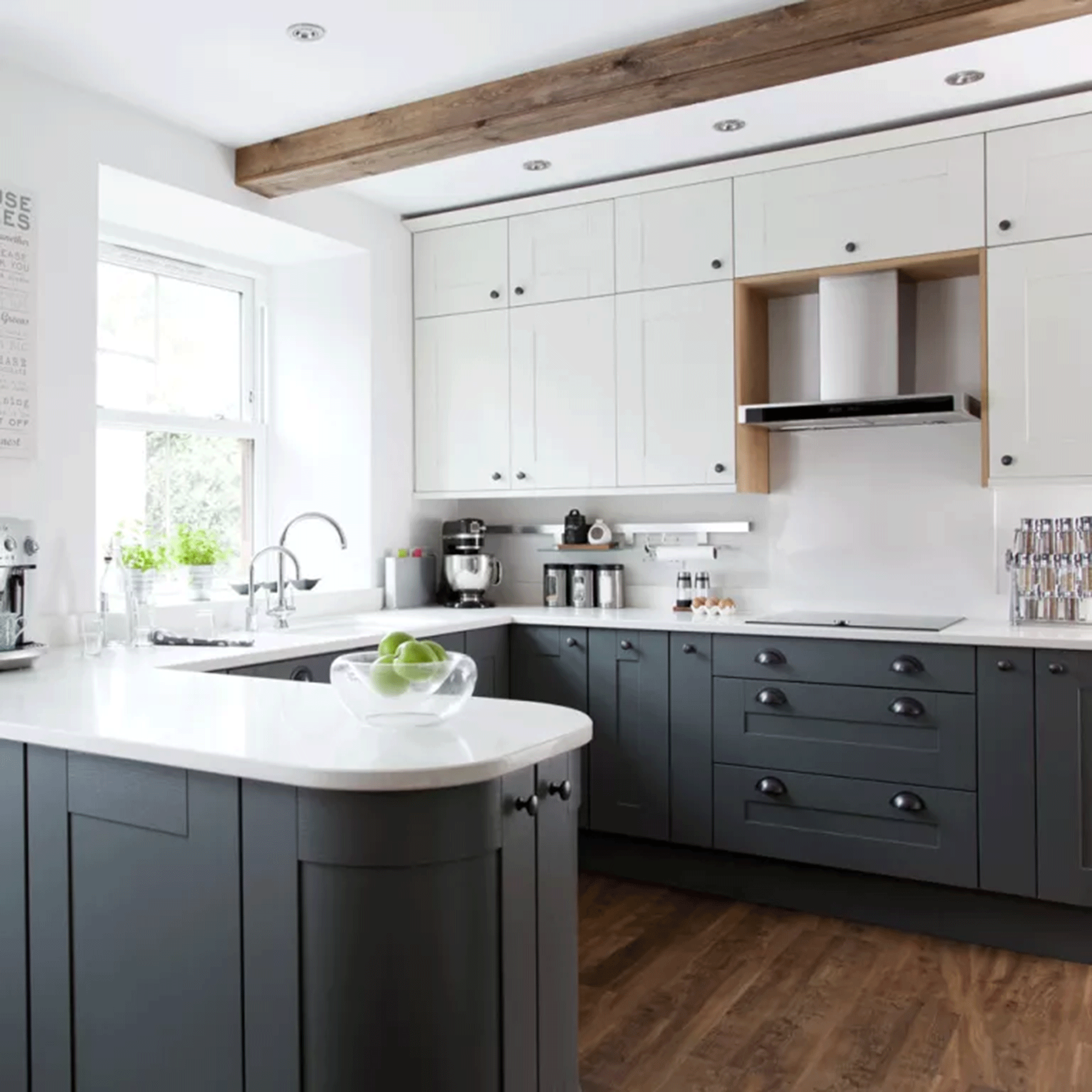
6. Peninsula kitchen
Cousin of the island kitchen, but a little more adaptable, the peninsula layout is formed by one counter extending from the wall into the kitchen space. It works better for smaller kitchens that don't have the space to feature a stand-alone island unit.
Which is the best layout for a galley kitchen?
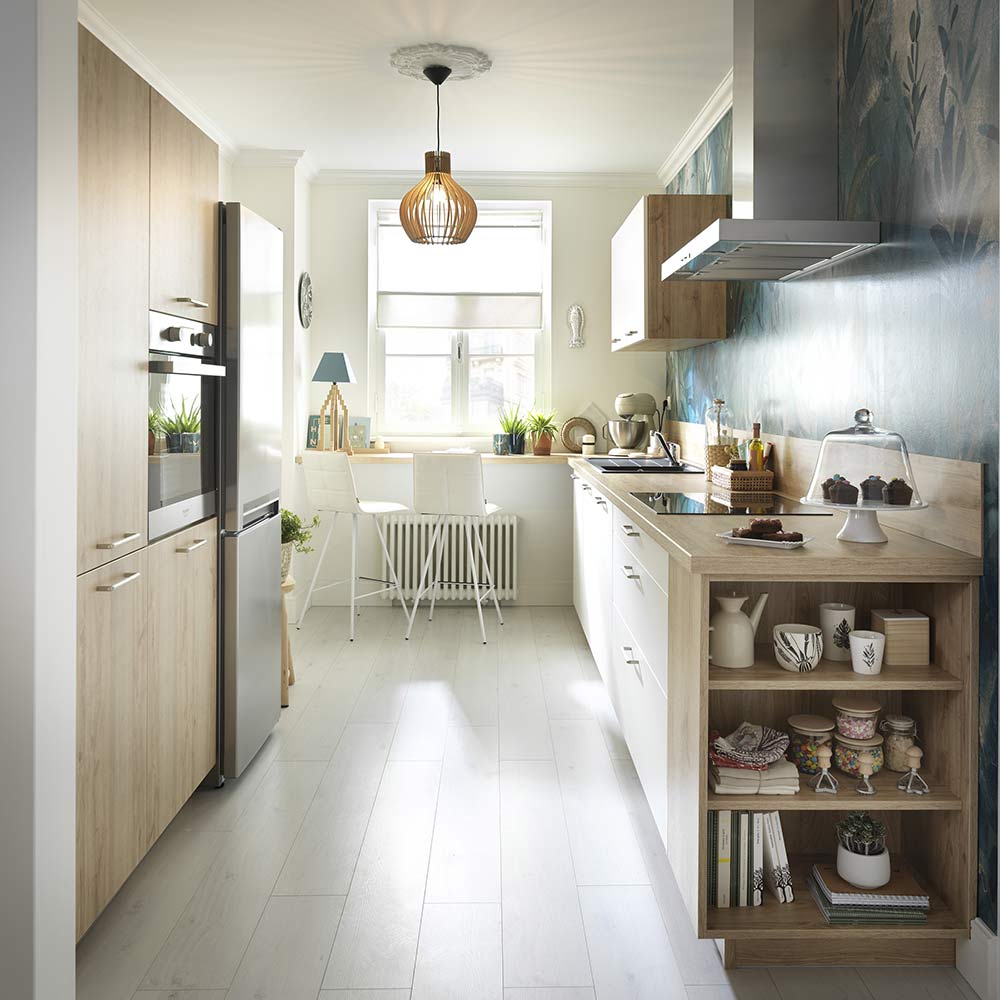
Galley kitchen ideas are becoming ever-more popular, not just because they are incredibly functional, but it’s a layout which works in many smaller homes.
'With this type of design, it’s best to consider which kitchen zones will go where and think about where the focal points will be,' says George Burrows, Kitchen Design Expert, Homehow.co.uk. 'Try to look for ways to give each zone its own space.'
‘Think about building your kitchen upwards – making the most of all the space between the floor and the ceiling,' says Andy Briggs. 'Using lower cupboards with worktops on the bottom half and a tall pantry cupboard or shelving high up for additional storage. Just make sure not to overdo it on wall cabinets as this may make the room feel small or restrictive.’
‘A long line of wall-hung cabinets is great from a practical perspective as they provide ample storage but they may block out natural light - I would suggest opting for one line of cabinets and using the opposite wall for open shelving or appliances,’ adds Alex Main, Director, The Main Company.
Which layout is best for a family friendly kitchen?
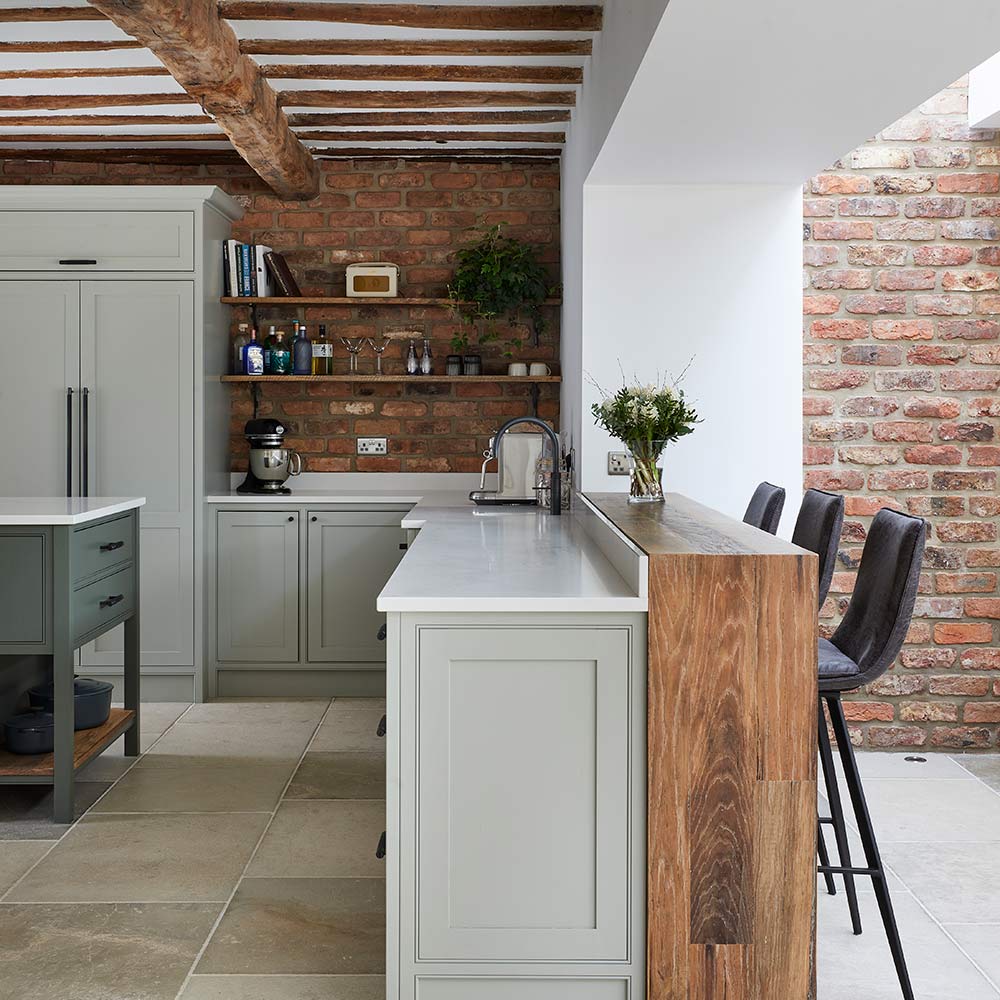
When designing a layout for a family friendly kitchen, open-plan is generally seen as the best choice because they allow for a smooth flow of people, but there are other solutions.
‘Open-plan kitchens can be used for anything – from cooking and entertaining to relaxing, working from home and doing school homework,’ says Sally Hinks. ‘If you are committed to an open-plan scheme, it’s important to consider all the roles that the space will play and understand how you are going to use it.
The broken-plan look is also seeing a rise in popularity for family-friendly kitchen layouts. ‘Something we’re quite conscious of is that if you're not careful, things can fight with each other for territory,’ says Howard Miller.
‘We’re noticing a shift to what some people call broken-plan layouts that allow families to still be in the same space, but with increased privacy. This defined design layout help families to differentiate cooking, dining and living areas while preserving the overall open plan feel of the space. In order to create a ‘broken-plan’ layout, we create a range of bespoke solutions such as slatted screens, open shelving, and freestanding bespoke furniture.’
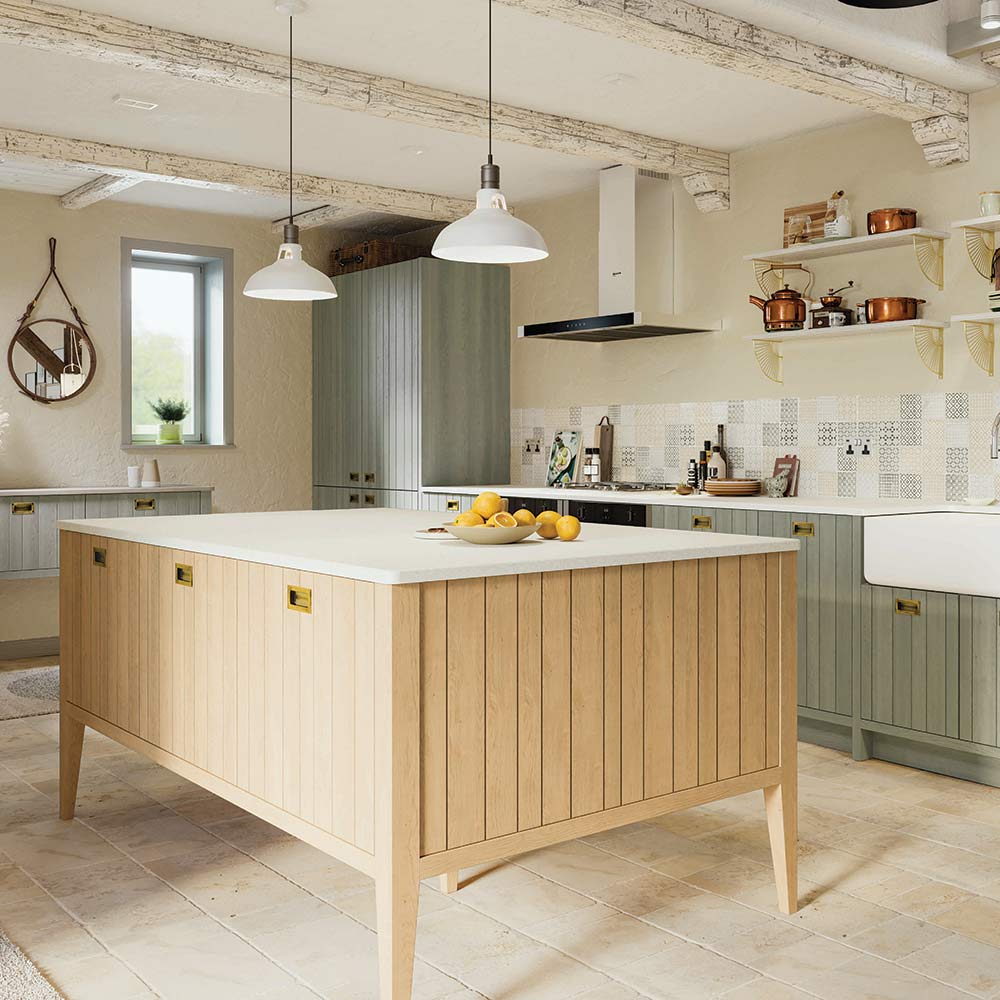
Whether you stick with an open-plan kitchen layout or not, a kitchen island is definitely worth considering if space allows. An island will help define zones between kitchen and living areas, as well as adding more surface area and seating.
‘The island kitchen creates a centerpiece in the kitchen, allowing you to utilise your kitchen as both a workspace and social area where friends and family gravitate throughout the day,’ says Al Bruce, Founder of Olive & Barr. ‘The setup is ideal for gathering the family and the added worksurface allows multiple members of the family to get stuck in and help at dinner time.’
Finally, the other winner for a family-friendly kitchen is to go custom. ‘Custom-made kitchens that enhance both work and social life continue to grow, and we are finding this is inspiring open-plan spaces that are family-friendly and encompass kitchen, dining and living areas in one,’ says Simon Bodsworth.
‘New considerations like banquette seating, integral breakfast bars and extra power points should be considered at an early stage of planning to ensure the ‘fundamentals’ are planned-in.’
Which kitchen layouts should be avoided in small kitchens?
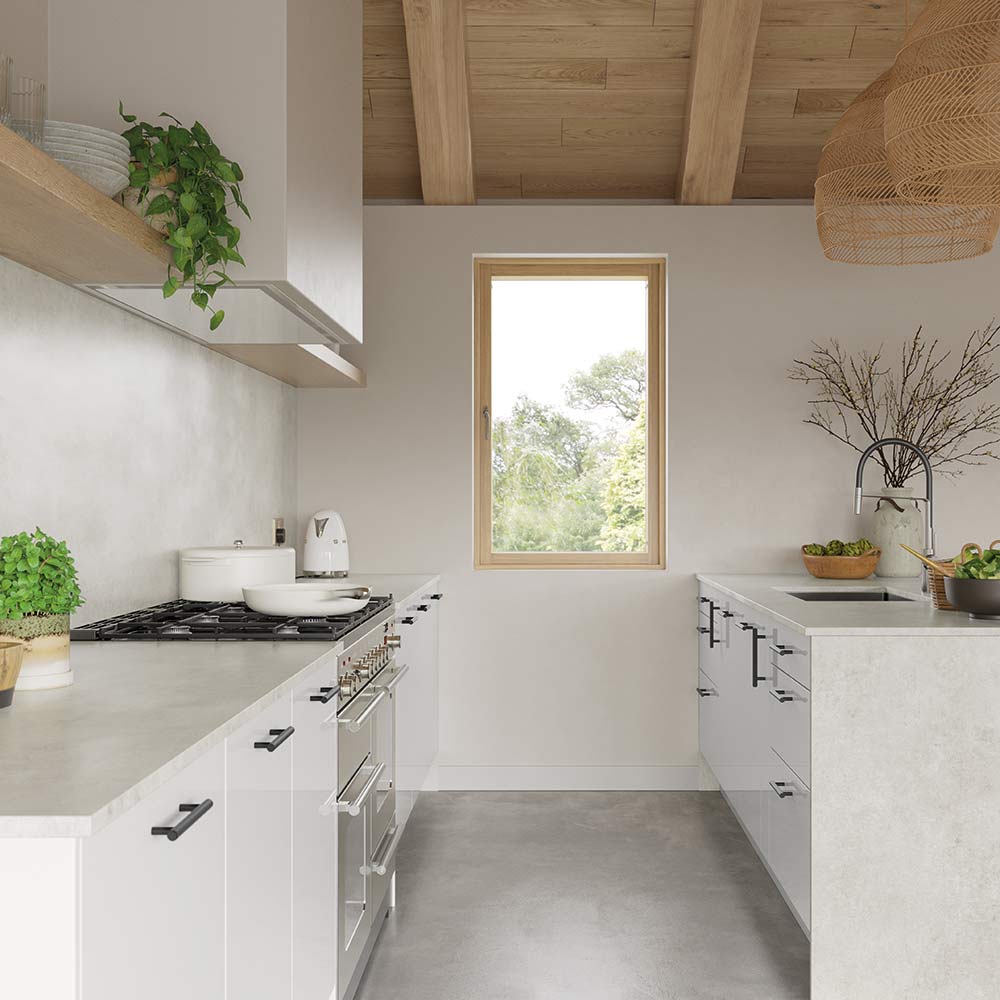
If you're concerned about what not to do when designing a kitchen, then finding the right layout for your space is key. Small kitchens can be perfectly welcoming and cosy, but finding the right layout is even more important when space is at a premium.
‘When planning your small kitchen layout, it's essential to think about your overall aesthetic,’ says Hayley Simmons, Director of Commercial Range, Magnet. ‘Some décor suits smaller kitchens, while others can make your space feel enclosed.’
‘Anything that blocks out the available natural light or makes the room feel overcrowded or cramped is worth avoiding in a small kitchen,’ notes Alex Main. ‘Clever storage solutions like pull-out cupboards in corner units are great in larger spaces for enhanced convenience, but these will leave dead space in smaller kitchens.’
Likewise, in a small kitchen, you may have to accept that you shouldn’t try and squeeze in an island. ‘Islands are best to be avoided within a smaller space as they are more space hungry than people think,’ says Graeme Smith, head of design at Second Nature Kitchens.
‘You need circulation space around the Island – to ensure you get the best movability and functionality. You could opt for a peninsula to get a similar feel if your kitchen was too small for an island but slightly bigger to accommodate more than galley. ‘
What is the best design for a small kitchen?
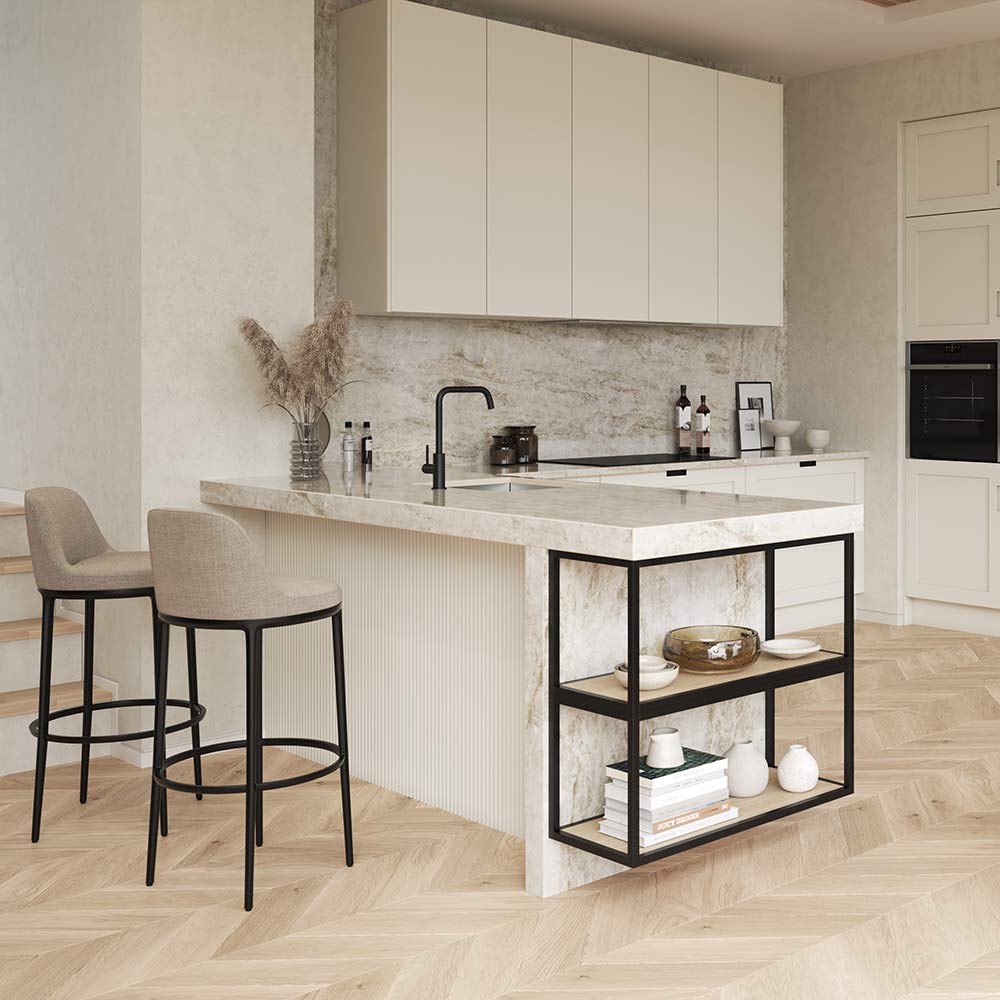
‘To make sure that your space is stretched as far as possible, you should consider investing in kitchen furniture and appliances that double up in their functions,’ suggests Sinead Trainor, Kitchen Category Manager, LochAnna Kitchens. ‘For example, even a small breakfast bar can work as both a storage area and a place for dining. While from first glance an iconic design element has been created for the home, the cupboards that fit beneath the bar are also a useful place to keep pots, pans, or food.’
Storage, too, is key in a small kitchen layout. ‘We consider that the ‘front row’ of storage is twice as useful as the second – anything you have to get something out first before you can get to the thing you want isn’t really storage at all,’ says Howard Miller. ‘A wall of full height 300mm deep storage is pretty much as useful as if it were 600mm deep and 300mm gained on circulation space makes a world of difference.’
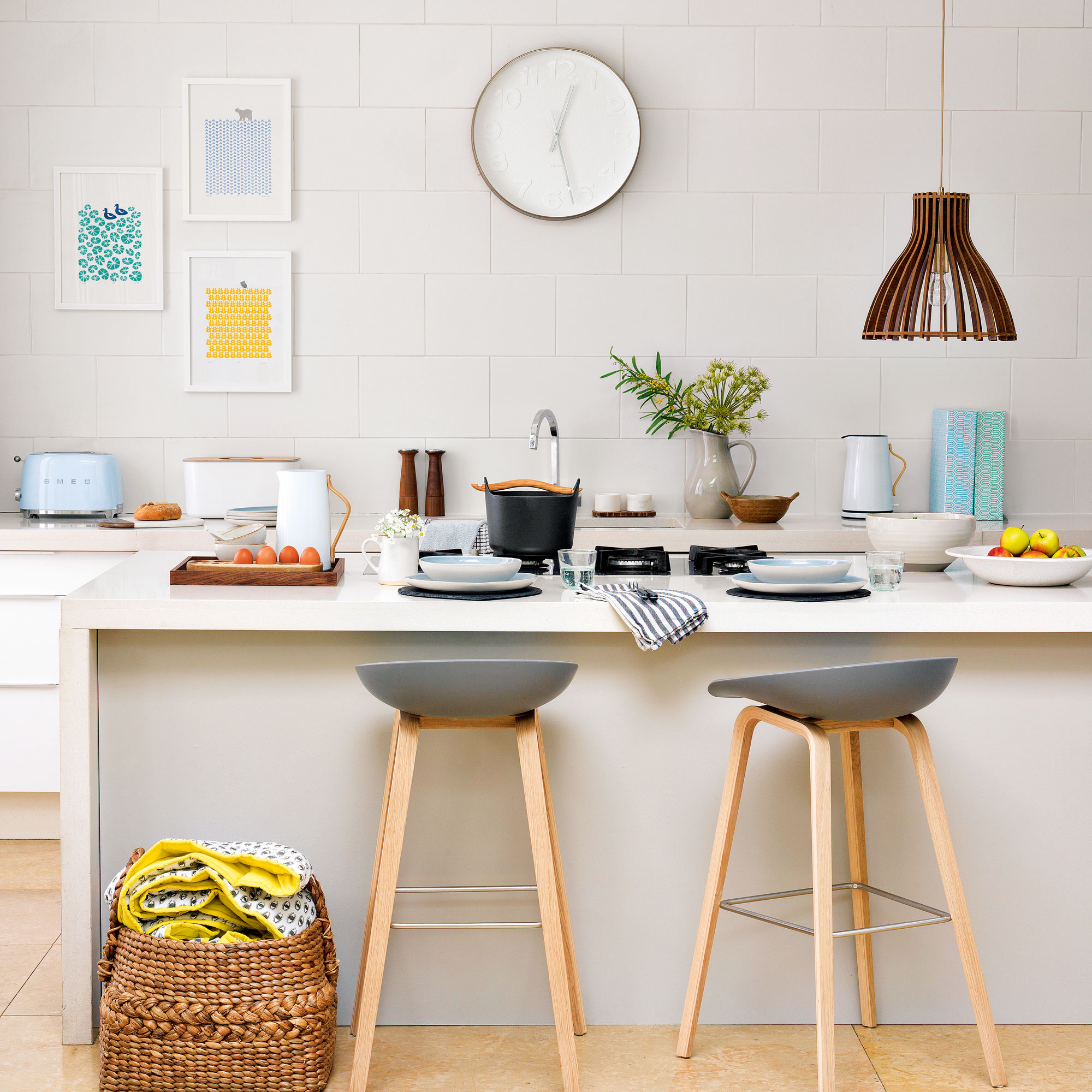
Without a large kitchen island to fall back on, you may find yourself quickly running out of counter space in a small kitchen layout, so you need to bear in mind how much prep space you really need. ‘A great tip is to cover your sink with a temporary piece of worktop or a fitted chopping board while it’s not in use,’ advises Tom Howley.
For very small spaces, one-wall kitchen layouts are ideal, which is where the furniture and appliances fit along one wall. 'For ease of use, the sink should ideally be positioned in the centre, with the hob and oven or cooker to one side and refrigeration on the other – with cabinets in between,' says Brani Hadzhi, Showroom Manager, Scavolini by Multiliving. 'Factor in as much worksurface as possible for food prep and plating up.'
Where do I start when designing a kitchen?
'You should always start your kitchen design process by understanding how you might use your space, especially when preparing and cooking meals,' says Al, Founder of Olive & Barr.
'It’s the little things that make a kitchen perfect, such as making the fridge easily accessible when cooking, having a special place for your chopping boards and knowing where to put your bin so the functionality of your kitchen is flawless.'
Think about the day-to-day activities that will take place in the kitchen and go from there. 'Before selecting a kitchen it’s important to be realistic on what you can achieve and how you can use the area most efficiently,' says Ben Burbidge, Managing Director, Kitchen Makers. 'Any structural work should be considered at the initial stages as including skylights, changing entrances, moving pipes and rewiring will make the renovation a much larger, more expensive, undertaking. Considering this at the start will help ensure your project runs smoothly and to budget.'
And always make sure you fully understand what your kitchen will look like before you let the building work start. 'Many good independent retailers now have 4D theatres in their showrooms, enabling you to experience being in your dream kitchen before any decisions are made, with the use of virtual reality,' says Nathan, Virtual Worlds. 'This technology enables you to properly spatially visualise the space - open cupboards, walk around the island unit and check if there is enough room to move and even try out lighting schemes.'
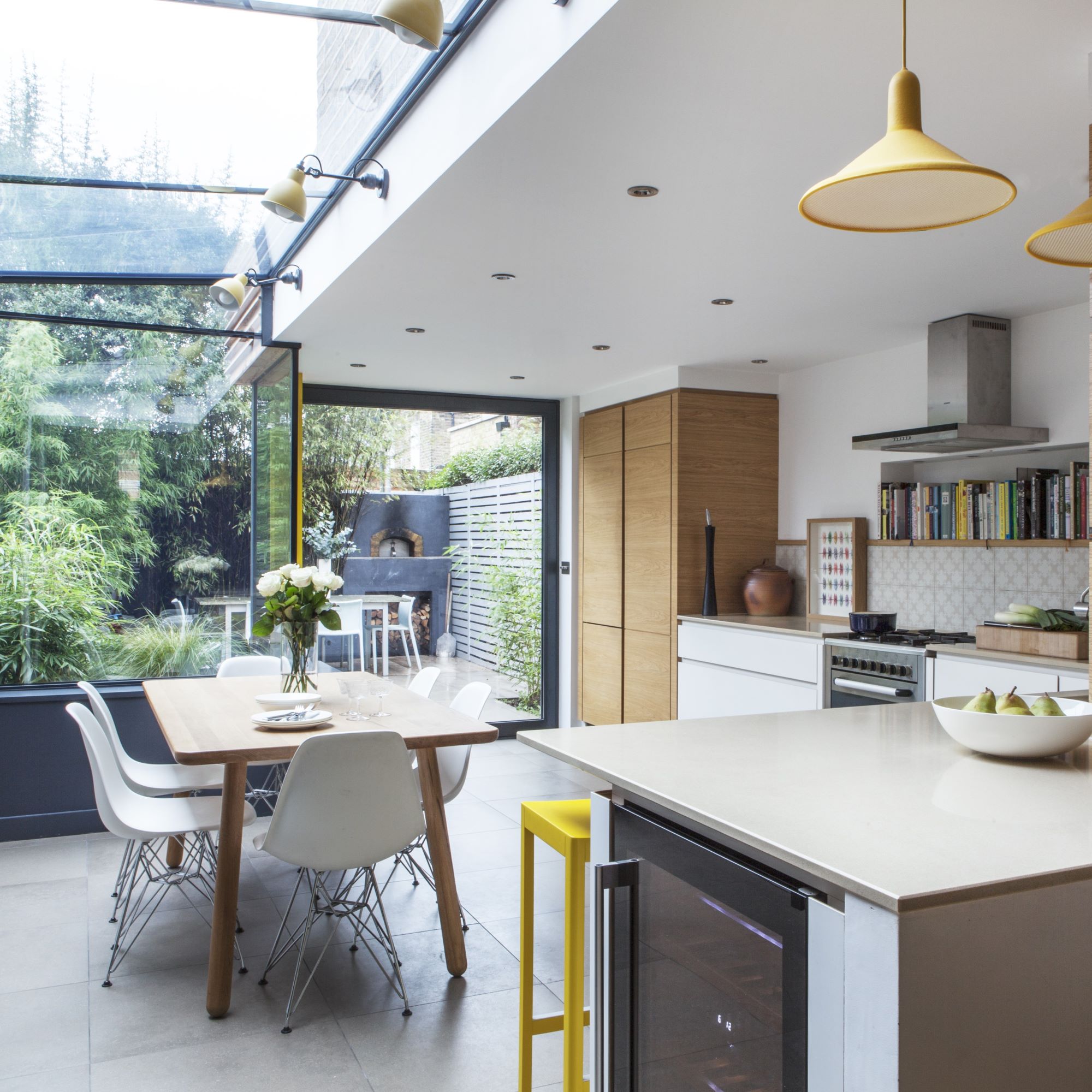
What is the ideal layout for a kitchen?
The ideal kitchen layout will vary dramatically from house to house and person to person. 'The best layout for your kitchen will depend on the orientation and physical space available in your home and where the natural light is', says Ben, Kitchen Makers.
'Anchoring the sink by a window will mean you have a nice view as you wash up. If you take this as your anchor point it’s advisable to ensure your fridge, hob and oven are within easy reach.'
The working triangle is an age-old rule that has previously dictated kitchen layouts. An ideal layout will place the three major elements of the kitchen - the fridge, oven, and sink - within easy reach of each other, so that the kitchen flows as smoothly as possible.
If your main priority is having ample storage space and reducing visual clutter, the galley layout may be the best choice. 'A galley kitchen instantly offers more flexibility especially in terms of storage space, as the layout is made up of two rows of cabinets facing each other to create a galley between them, removing the need for corner cupboards in favour of using every millimetre of space,' says Al, Olive & Barr.
Layouts that incorporate an island unit are the most popular right now, but they do require more space and therefore aren't ideal for small kitchen ideas.
'If there is the space, a multifunctional island is a great asset to any kitchen space and it can be used to provide extra storage, house appliances such as flush-fit hob with downdraft extractor, fridge drawers and wine cooler,' says Simon, Symphony Group. 'It’s also great for casual dining and for keeping an eye on the children as they do their homework.'
Which kitchen layout will you be going for?
Get the Ideal Home Newsletter
Sign up to our newsletter for style and decor inspiration, house makeovers, project advice and more.

Thea Babington-Stitt is the Managing Editor for Ideal Home. Thea has been working across some of the UK’s leading interiors titles since 2016.
She started working on these magazines and websites after graduating from City University London with a Masters in Magazine Journalism. Before moving to Ideal Home, Thea was News and Features Editor at Homes & Gardens, LivingEtc and Country Homes & Interiors. In addition to her role at Ideal Home, Thea is studying for a diploma in interior design with The Interior Design Institute.
- Katie SimsContributor
-
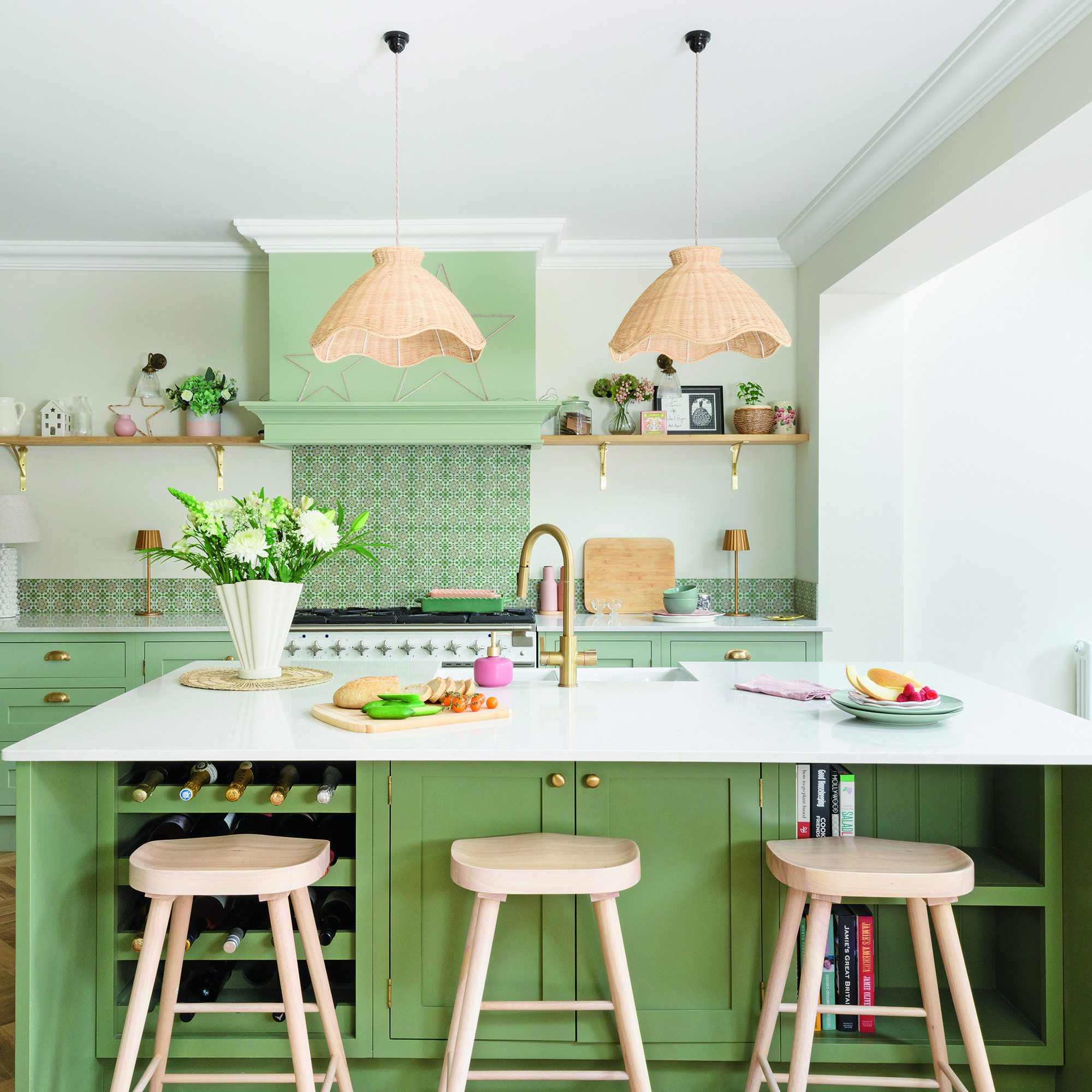 Hot water taps are the best way to level up your kitchen island in 2025 - these kitchen experts explain why you need one
Hot water taps are the best way to level up your kitchen island in 2025 - these kitchen experts explain why you need oneI asked kitchen experts exactly how you can add one to your island retrospectively
By Natasha Brinsmead
-
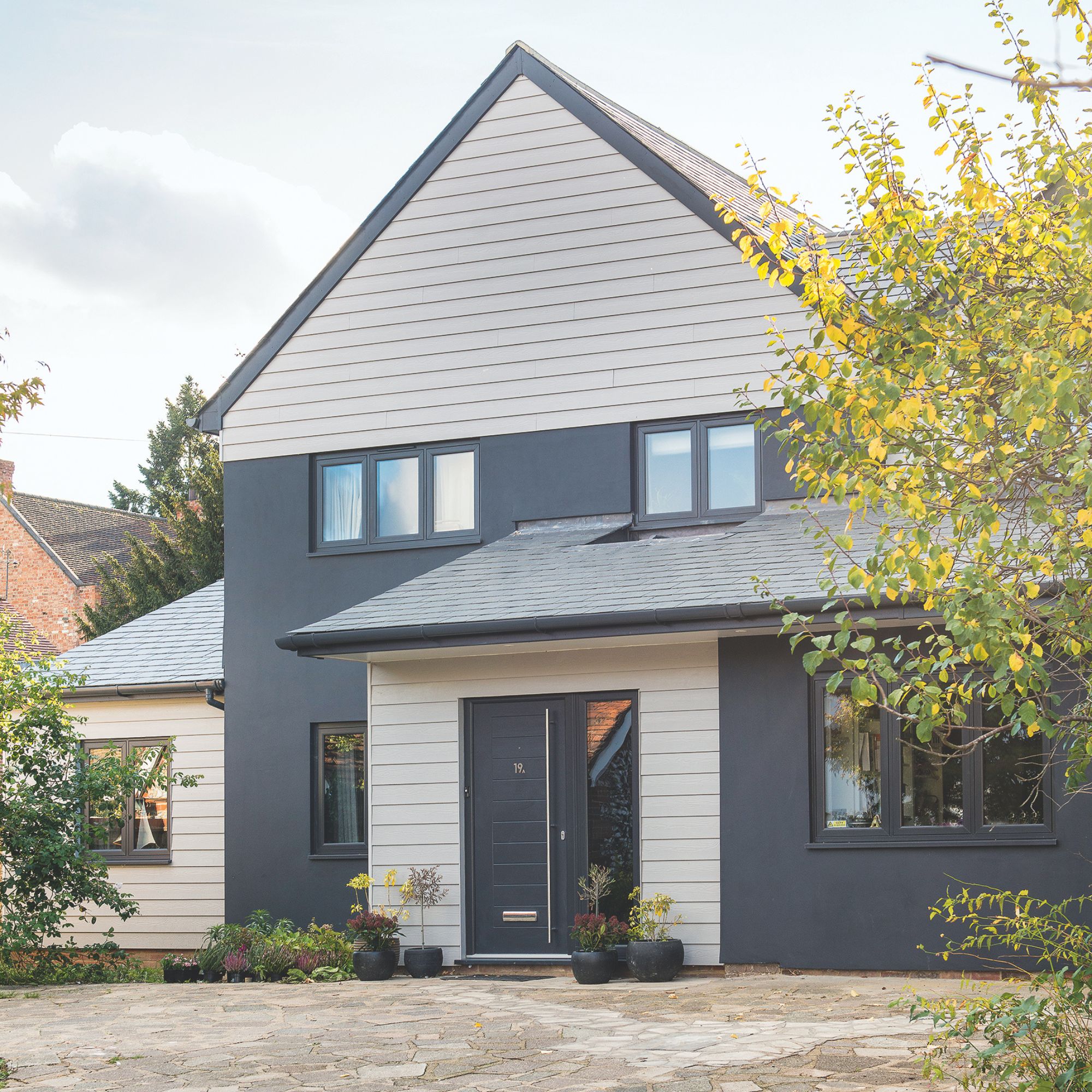 Is triple glazing worth it?
Is triple glazing worth it?Experts explain when the added cost is worthwhile, and when it isn’t
By Sarah Handley
-
 When to prune camellias for healthy, colourful blooms, according to garden experts
When to prune camellias for healthy, colourful blooms, according to garden expertsPros reveal the best time to prune camellias for a happy and healthy flowering shrub
By Kezia Reynolds